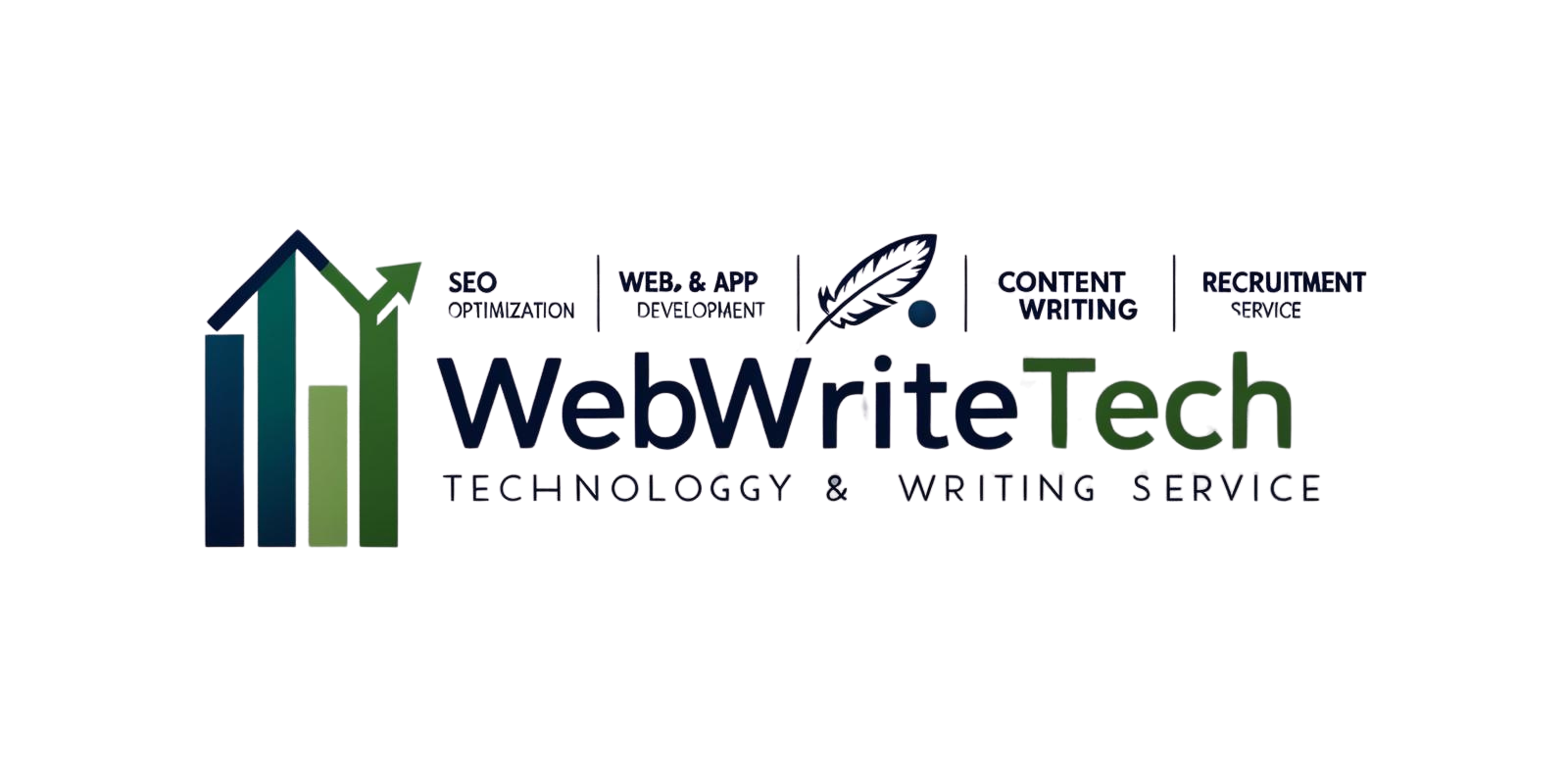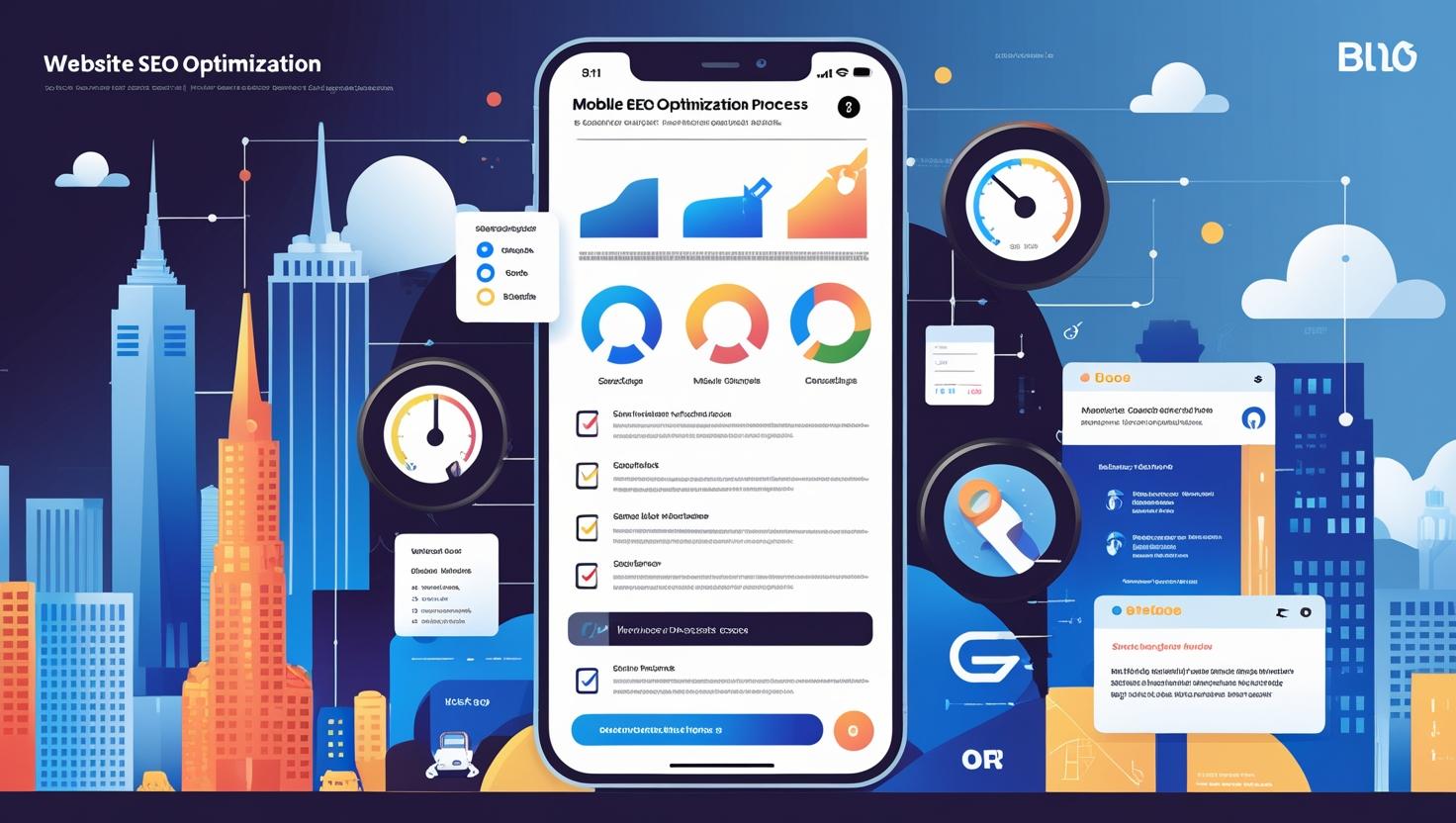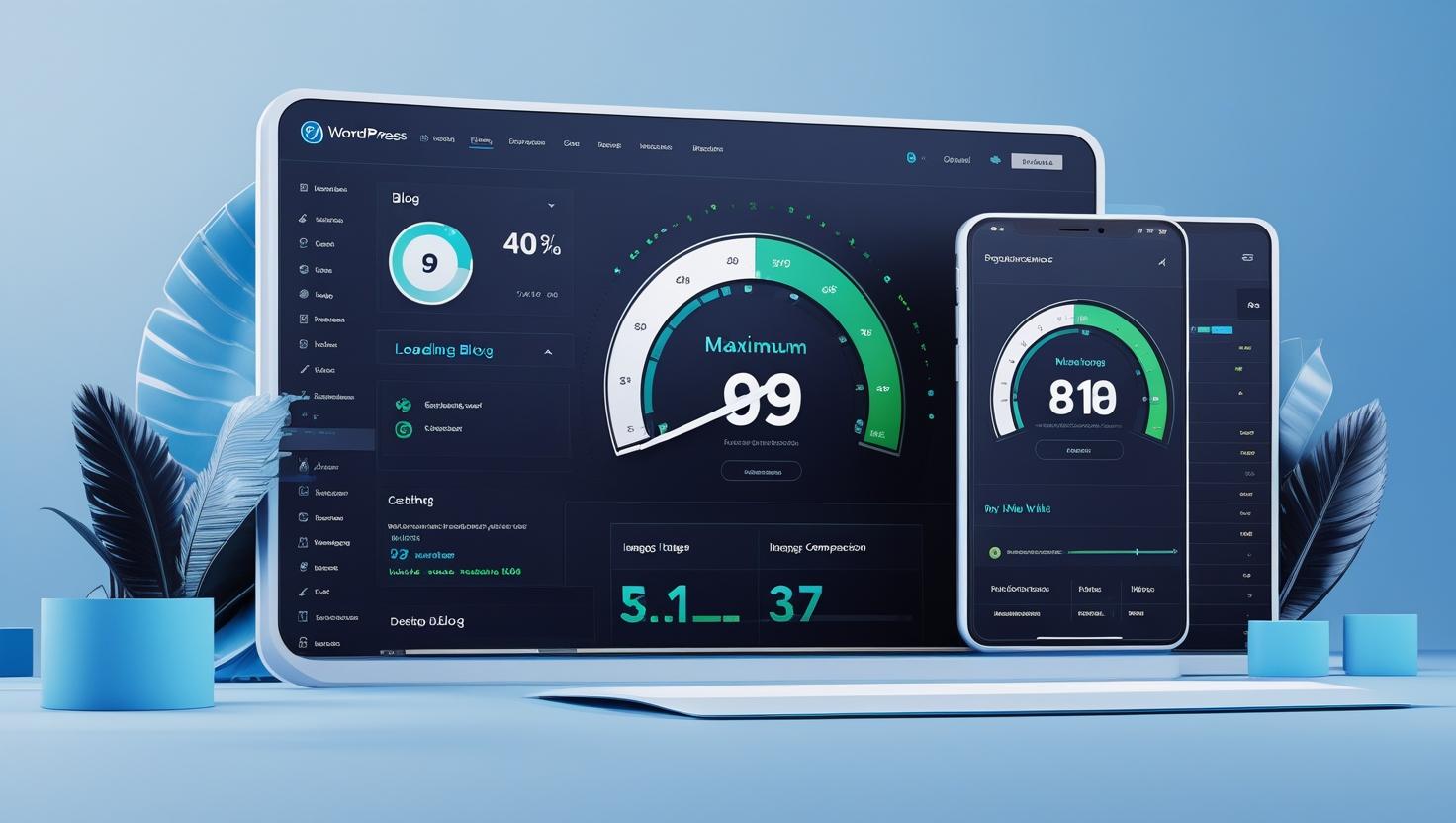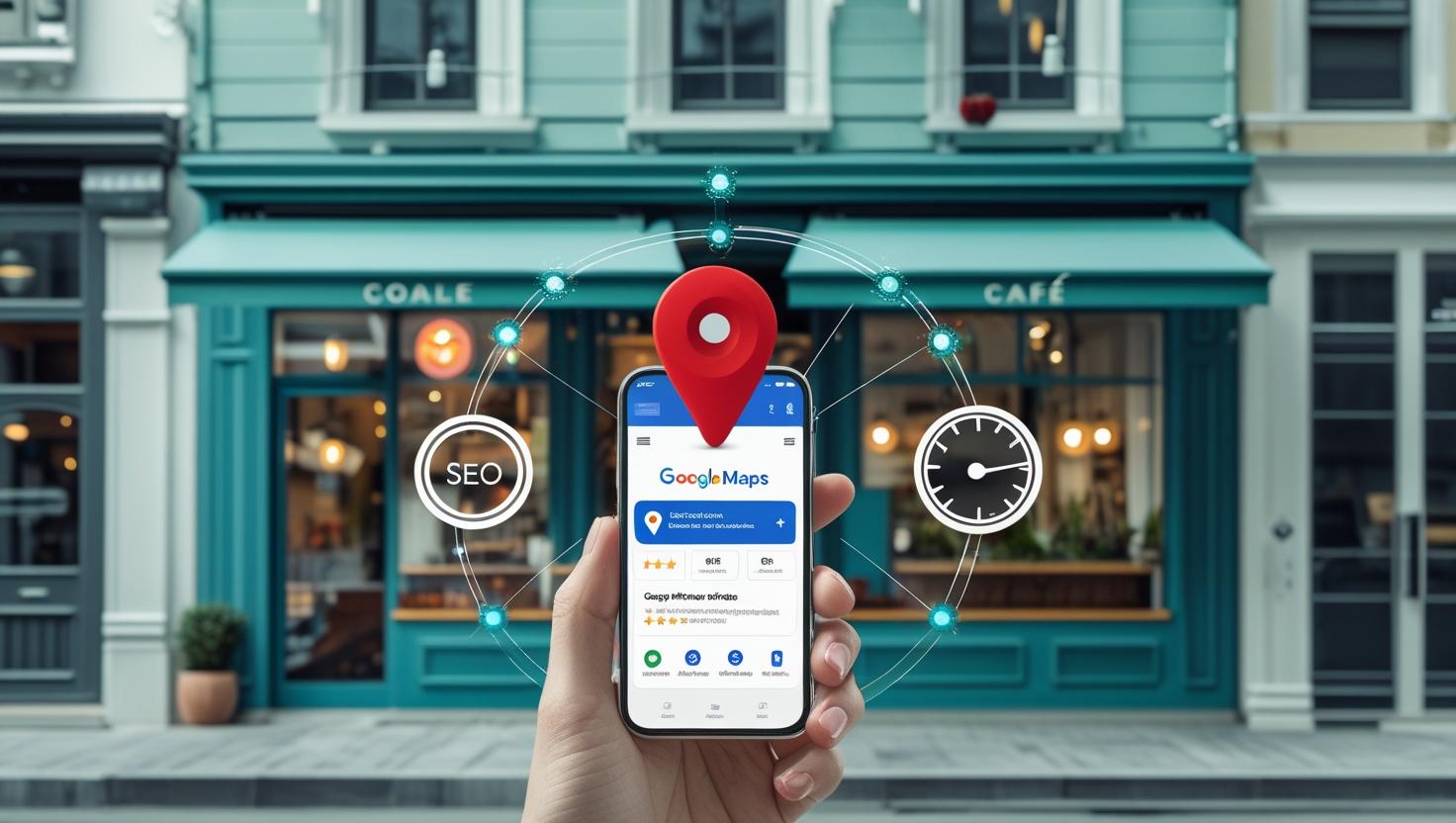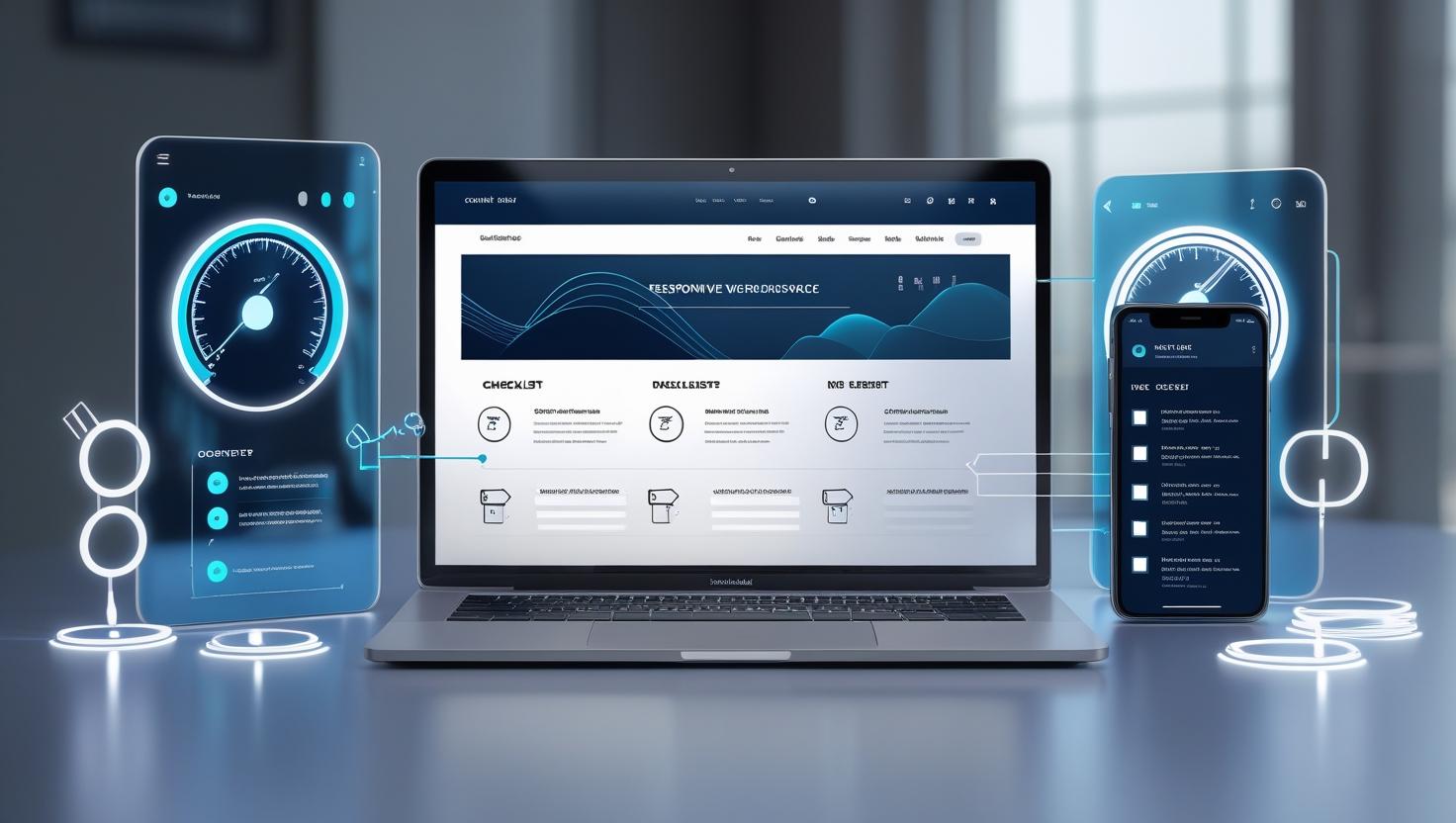

In today’s digital landscape, having a website is not enough. Your website must rank on search engines to attract organic traffic, generate leads, and drive conversions. This guide will walk you through an SEO-first approach to web development, ensuring your website is optimized from the ground up for search engines and users alike.
Understanding SEO-Optimized Web Development
What is SEO-Optimized Web Development?
SEO-optimized web development involves designing and coding a website with search engine best practices in mind. It ensures that a website is fast, mobile-friendly, well-structured, and easy for search engines to crawl and index.
Why SEO is Crucial for Web Development
- Higher search engine rankings
- Improved user experience
- Increased organic traffic
- Higher conversion rates
- Better credibility and authority
Core Elements of SEO-Optimized Web Development

1. Website Architecture and Structure
Importance of a Well-Structured Website
A clear, logical website structure enhances user experience and helps search engines understand content hierarchy.
Best Practices for Website Architecture
- Use a flat structure to minimize the number of clicks needed to reach any page.
- Implement breadcrumb navigation for better usability and indexing.
- Maintain a clean URL structure with keyword-rich, readable URLs.
2. Mobile-Friendly and Responsive Design
Why Mobile Optimization Matters
With Google’s mobile-first indexing, ensuring your site is mobile-friendly is critical for ranking.
Mobile Optimization Strategies
- Use responsive design to adapt to different screen sizes.
- Optimize touch elements for better usability.
- Implement AMP (Accelerated Mobile Pages) for faster loading speeds on mobile devices.
3. Page Speed Optimization
How Speed Affects SEO
A slow website leads to higher bounce rates, lower rankings, and poor user experience.
Ways to Improve Page Speed
- Optimize images with compression and next-gen formats like WebP.
- Minimize HTTP requests by reducing scripts and stylesheets.
- Enable caching to store frequently used resources locally.
- Use a Content Delivery Network (CDN) to serve content faster.
4. SEO-Friendly URL Structures
Characteristics of an SEO-Friendly URL
- Short and descriptive
- Includes target keywords
- Avoids special characters and numbers
Examples:
- ✅ www.webwritetech.com/seo-optimized-web-development
- ❌ www.webwritetech.com/p=123
5. On-Page SEO Best Practices
Title Tags & Meta Descriptions
- Include the primary keyword in the title tag and meta description.
- Keep title tags under 60 characters and meta descriptions under 160 characters.
Header Tags (H1, H2, H3, H4, H5)
- Use H1 for the main title and organize content with H2, H3, H4, and H5.
- Optimize headings with LSI keywords to enhance relevance.
Image Optimization
- Use alt text with relevant keywords.
- Compress images to reduce file size and improve load speed.
6. Technical SEO Considerations
XML Sitemap and Robots.txt
- XML Sitemaps help search engines index pages efficiently.
- Robots.txt guides search engines on which pages to crawl and which to ignore.
Structured Data (Schema Markup)
- Implement schema markup to enhance search results with rich snippets.
- Use structured data for products, FAQs, reviews, and articles.
SSL Certificate (HTTPS)
- Secure your site with an SSL certificate to ensure data privacy and improve trust.
7. Content Optimization for SEO
Writing High-Quality, Keyword-Rich Content
- Use targeted keywords naturally throughout the content.
- Maintain readability and engagement.
- Focus on solving user intent and providing valuable insights.
Internal and External Linking
- Use internal links to connect related pages and improve navigation.
- Leverage external links to authoritative sites to boost credibility.
8. Backlink Building and Off-Page SEO
Importance of Backlinks
- Increases domain authority
- Improves organic rankings
- Enhances credibility and trustworthiness
Effective Backlink Strategies
- Guest posting on reputable blogs
- Building relationships with industry influencers
- Creating shareable content such as infographics and reports
Conclusion
Building an SEO-optimized website is crucial for achieving higher rankings, better user experience, and increased conversions. By focusing on website structure, mobile-friendliness, page speed, and high-quality content, you can create a powerful online presence. Start implementing these strategies today to ensure your website stands out in search engine results!
